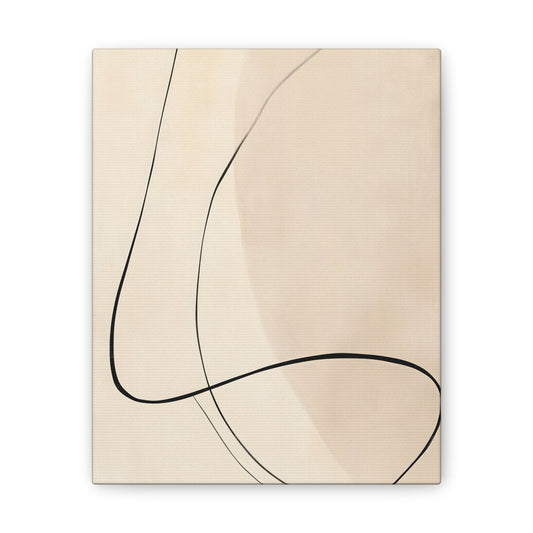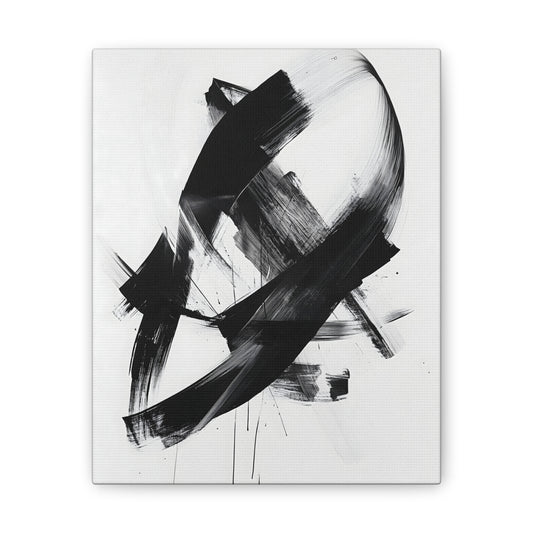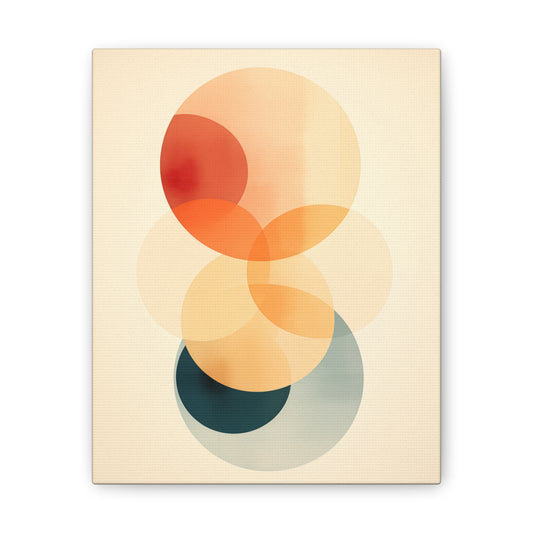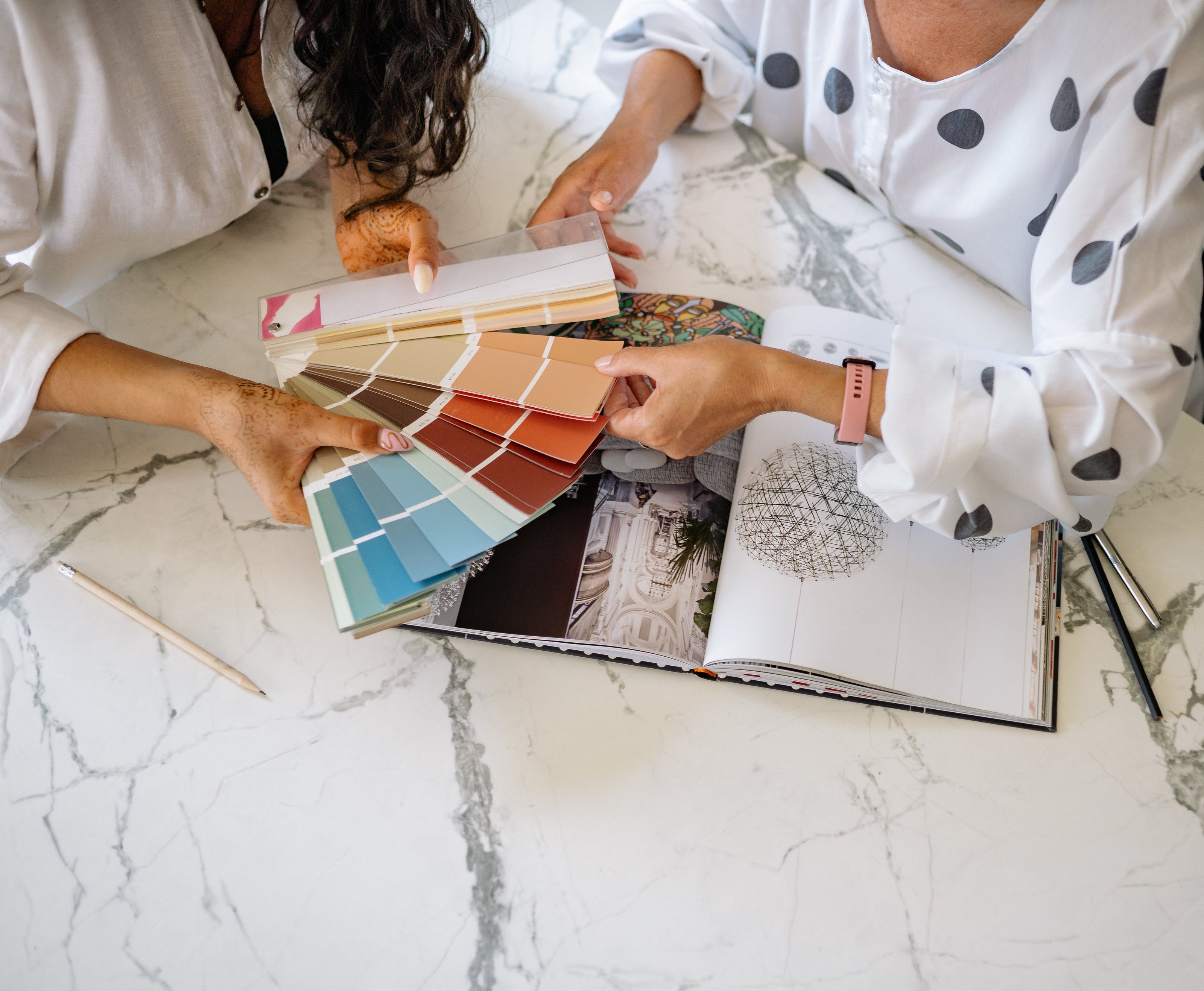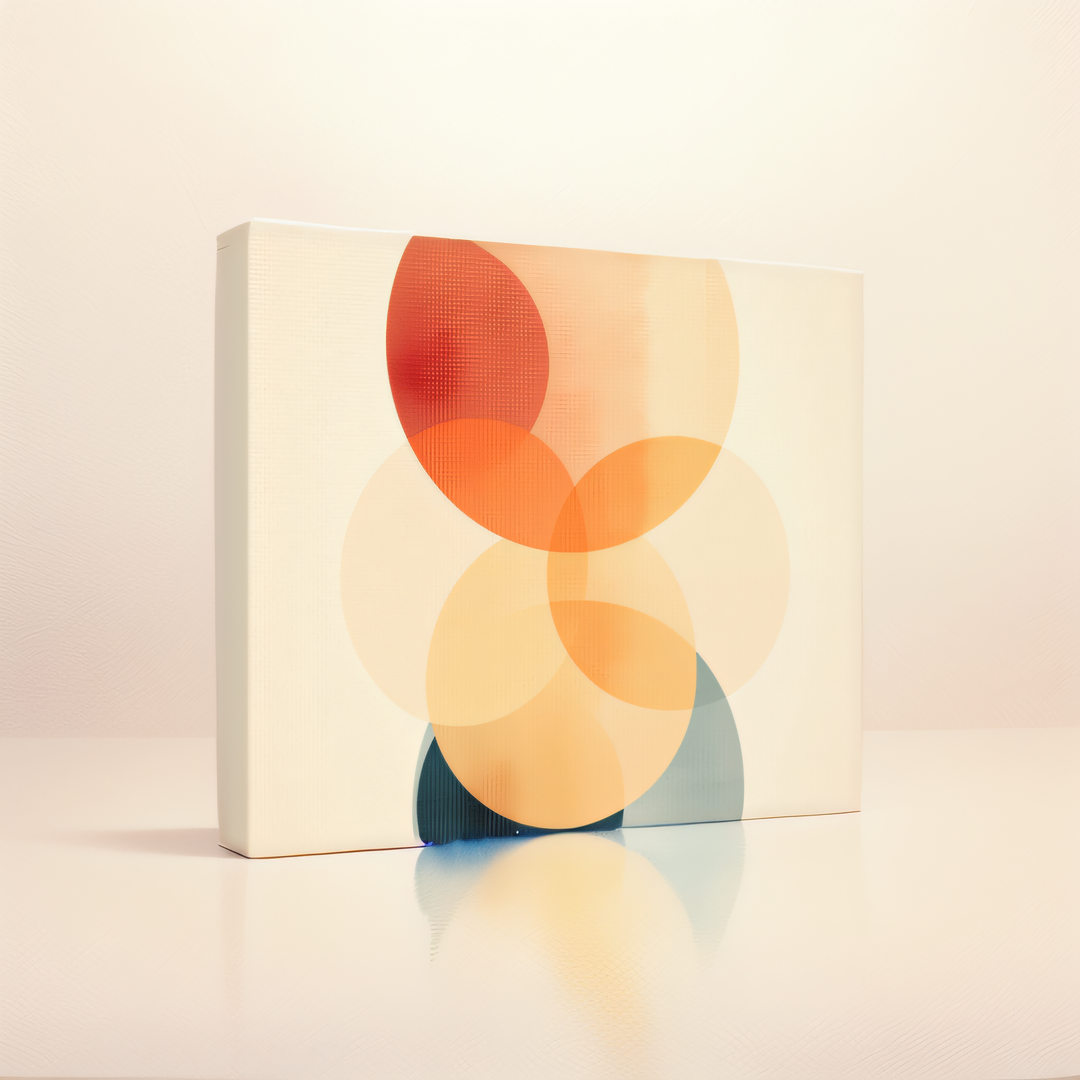Wall art serves as a captivating and personal expression of our style and taste when it comes to decorating our living spaces. However, selecting and arranging wall art can be a difficult task, as it requires careful consideration of various factors to achieve a visually pleasing and harmonious look. In this article, we will explore six essential tips on how to select and arrange wall art effectively, helping you to achieve a visually pleasing and harmonious look in abode.
1. Size of Wall Art
The size of your chosen wall art plays a pivotal role in creating a balanced and well-proportioned display. Canvas art comes in various sizes, making it flexible for different spaces.
Large canvas art pieces can serve as a focal point in a room. It naturally captures attention and becomes the center of visual interest. It is common to place a striking canvas above a fireplace, sofa, or bed in order to create a visually engaging centerpiece.
A smaller piece of canvas art might be more appropriate for a cozy bedroom or hallway. These spaces often have limited wall space. Choosing a smaller canvas art allows for a better proportional fit within the available area, ensuring that the artwork doesn't overwhelm or dominate the space.
2. Color Scheme
Wall art can be used to introduce or enhance specific colors and themes within a room. It can be used to create accent colors or provide contrast within a space. It is important to take a moment to evaluate the color scheme of the room before selection.
If the room's color scheme consists of predominantly neutral or muted tones, a vibrant and bold artwork can serve as a striking accent. You may opt for artwork that features similar tones to create a harmonious ambiance.
On the other hand, if the room already has dominant colors, selecting wall art with contrasting colors can create a dynamic and visually engaging focal point.
3. Style and Mood
Wall art allows homeowners to express their personal style and set the desired mood in a room. There are different styles of artworks to choose from, such as abstract, modern, traditional, minimalist, impressionist, or surreal, among many others. The style of the artwork should align with the overall style of the room or the desired design theme.
Also, consider the desired mood or ambiance you want to create in the space. The mood of wall art refers to the emotional atmosphere it evokes. Different colors, compositions, and subject matters can elicit various moods, such as calmness, vibrancy, serenity, playfulness, or sophistication.
For example, a tranquil seascape can bring a sense of relaxation to a bedroom, while a bold and dynamic abstract piece can add energy to a living room or office. The mood of the artwork should align with the purpose and function of the space.
4. Grouping and Arrangements
It's important to consider how it will be arranged and displayed on the wall to achieve a sense of balance and symmetry. The arrangement of wall art can significantly impact the visual impact and overall aesthetic of a space.
Wall art can be arranged in various ways, including single pieces, diptychs (two panels), triptychs (three panels), gallery-style arrangements with multiple pieces or grid arrangement for a more structured and organized aesthetic. Consider the desired layout and how the artwork will interact with each other and the surrounding elements.
Example of single piece
Example of two panels
Example of three panels
Example of gallery style
Example of grid arrangement
Also, pay attention to the spacing between each piece of wall art. Ensure that there is enough space between them to avoid a cluttered or crowded appearance. Consistent spacing or alignment can create a sense of order and cohesion. Use a level or measuring tools to ensure straight lines and proper alignment.
5. Placement
Placement is a critical aspect to consider as it determines the visual impact, focal points, and overall aesthetic of a space. Generally, wall art should be placed at eye level, which is typically around 57 to 60 inches (145 to 152 cm) from the floor. This ensures that the artwork is easily viewed and appreciated without straining the neck or eyes.
Also, consider the dimensions of the wall and the furniture in the room when making your selection. A general rule of thumb dictates that the chosen piece should be two-thirds to three-quarters the width of the furniture it will be displayed above. You can create a well-balanced arrangement easily by adhering this principle.
6. Lighting
Evaluate the lighting conditions in the room and how they will interact with the wall art. Proper lighting can highlight the colors, textures, and details of the artwork, while inadequate lighting can diminish its visibility and overall aesthetic. Natural and artificial lighting can affect how colors appear in different ways.
Consider the natural light sources in the room, such as windows or skylights. Pay attention to the direction and intensity of the natural light throughout the day. Avoid placing wall art in direct sunlight as it can cause fading and damage to the artwork over time.

Evaluate the artificial lighting options in the room. Different types of lighting fixtures, such as ceiling lights, wall sconces, track lights, or picture lights, can be used to illuminate wall art. Consider the color temperature (warm or cool), intensity, and direction of the artificial lighting. Warm white light (around 2700K to 3000K) is commonly used for creating a cozy and inviting atmosphere, while cool white light (around 4000K to 5000K) can provide a brighter and more vibrant look.





















